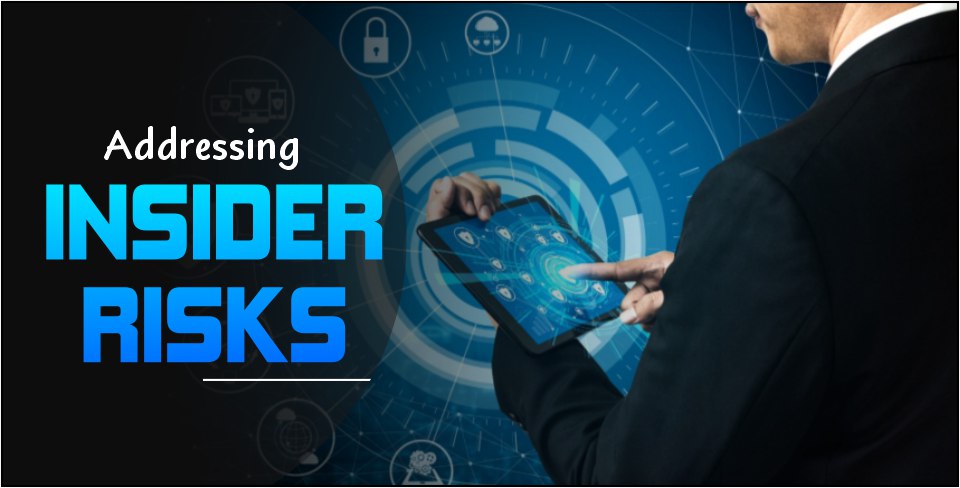In the modern interconnected business ecosystem of SaaS-based tools and services organizations need to be aware of all the cyber security risks that they could face. While privileged access to information has always been at the center of cyber security efforts, SaaS environments provide employees with seamless access to information from multiple disparate systems through minimal credentials.
Managing the organization’s SaaS attack surface becomes exponentially more complex when more services are added. The execution of cyber security protocols can be facilitated by SaaS monitoring tools. By implementing policies such as Zero trust and keeping a close eye on who accesses what resource possible vulnerabilities can be identified and addressed. Organizations can always utilize a third-party SaaS security Platform that forms part of their SaaS ecosystem to minimize risk and scan for vulnerabilities. Streamlining cyber security through intelligence.
One of the weakest links in SaaS ecosystems, however, is the possible existence of insider risks.
What are Insider Risks?
Let’s begin by defining exactly what we mean by the term “Insider”. An insider is an employee or service that has authorized access to an organization’s SaaS ecosystem. This insider would typically have inside knowledge of the organization’s protocols, systems, pricing, security strengths, weaknesses, etc.
Insider risk is the ability of an insider to utilize their access and inside information to cause harm to the organization. Unfortunately, this kind of risk can be exploited by threat actors as intentional attacks against the organization, or the organization could be placed at risk through negligence too. Employees can unwittingly expose the organization to cyber risk without having nefarious intentions.
Types of Insider Risks
Unintentional Risks
Firstly, unintentional risks can arise due to employee negligence. This is typically when an employee is careless with their actions. Employees who understand the security protocols of their organization fall into this category. An example of this in a SaaS ecosystem is where rights or access to files are given to groups of employees even though all the employees in the group don’t require access to the information being shared.
The second kind of unintentional risk is an accidental risk. Although the employee would have probably been responsible for the risk, they might have had no premeditation of creating the risk. A good example of this kind of insider risk is when an employee misspells the recipient address of an email and sensitive documents reach an unintended recipient. Employees might even open email attachments that are infected with malware.
Intentional Risks
Intentional insider risks are when an employee, or trusted individual, intentionally breaches the security protocols of the SaaS ecosystem for personal gains or to damage the organization. The motivation for such actions might be emotionally driven, like an unhappy employee, for example. This kind of risk includes sabotage and espionage.
In some cases, the insider can even be allegiance to external threat actors, where the external threat actors are planning an elaborate data breach and require an actor on the inside. Organizations, especially those that create SaaS ecosystems for employees to have access to multiple productivity tools, need to keep an eye on the external partners they allow inside their trust circle. Insider risks might even originate from third-party vendors that have access to their SaaS ecosystem. A data or security breach at a trusted partner might expose all the organizations in partnership with such a third party.
Spotting the Insider Risk
The major principle behind addressing insider risk is for organizations to have a mechanism in place to accurately decern between legitimate data access in SaaS ecosystems and violations of zero trust policies. Organizations need to be able to monitor access to files along with action vectors such as file migrations and attachments. Paired with user statistics, accurate assumptions can be made, and insider risks addressed before they cause damage.
To Wrap Up
The truth is that insider risks can wreak more damage than an external threat actor breach. Protecting your organization entails defending your clients, stockholders, and employees’ families. Organizations’ reluctance to enforce zero trust and monitoring procedures may come at a cost that is rarely assessed and frequently disregarded. Using autonomous monitoring technologies enables real-time monitoring and alarms. Defending the organization against threats before they cause harm.
Also Read: The 5 Must-Have Software Programs for Every Business















